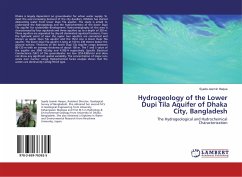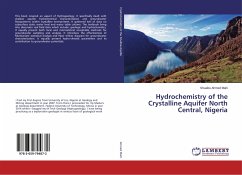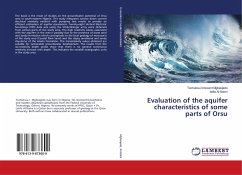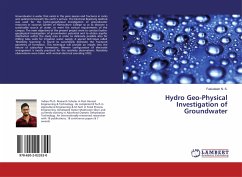Dhaka is largely dependent on groundwater for urban water supply. To meet the ever-increasing demand of the city dwellers, DWASA has started abstracting water from lower Dupi Tila aquifer. The study is aimed to understand the hydrogeology and the hydrochemistry of the lower Dupi Tila aquifer for sustainable development. Hydrostratigraphy of the area is characterized by four aquitards and three aquifers up to a depth of 320 m. Three aquifers are separated by clay-silt dominated aquitard horizons. From the hydraulic point of view the upper two aquifers are connected and known as upper Dupi Tila aquifer and the third one is lower Dupi Tila aquifer. The lower Dupi Tila aquifer is lying at 150 to 230 meters below the ground surface. Thickness of the lower Dupi Tila Aquifer range between 80-120 m with an average thickness of about 100 m. The T and S value of the aquifer are 3000 m2/day and 4.95E-4 respectively. Specific Electrical Conductance (SEC) of the groundwater are low (253-336S/cm) and does not show any significant spatial variability. The concentration of major ions varies over narrow range. Hydrochemical facies analysis shows that the waters are dominantly Ca/Mg-HCO3 type.








